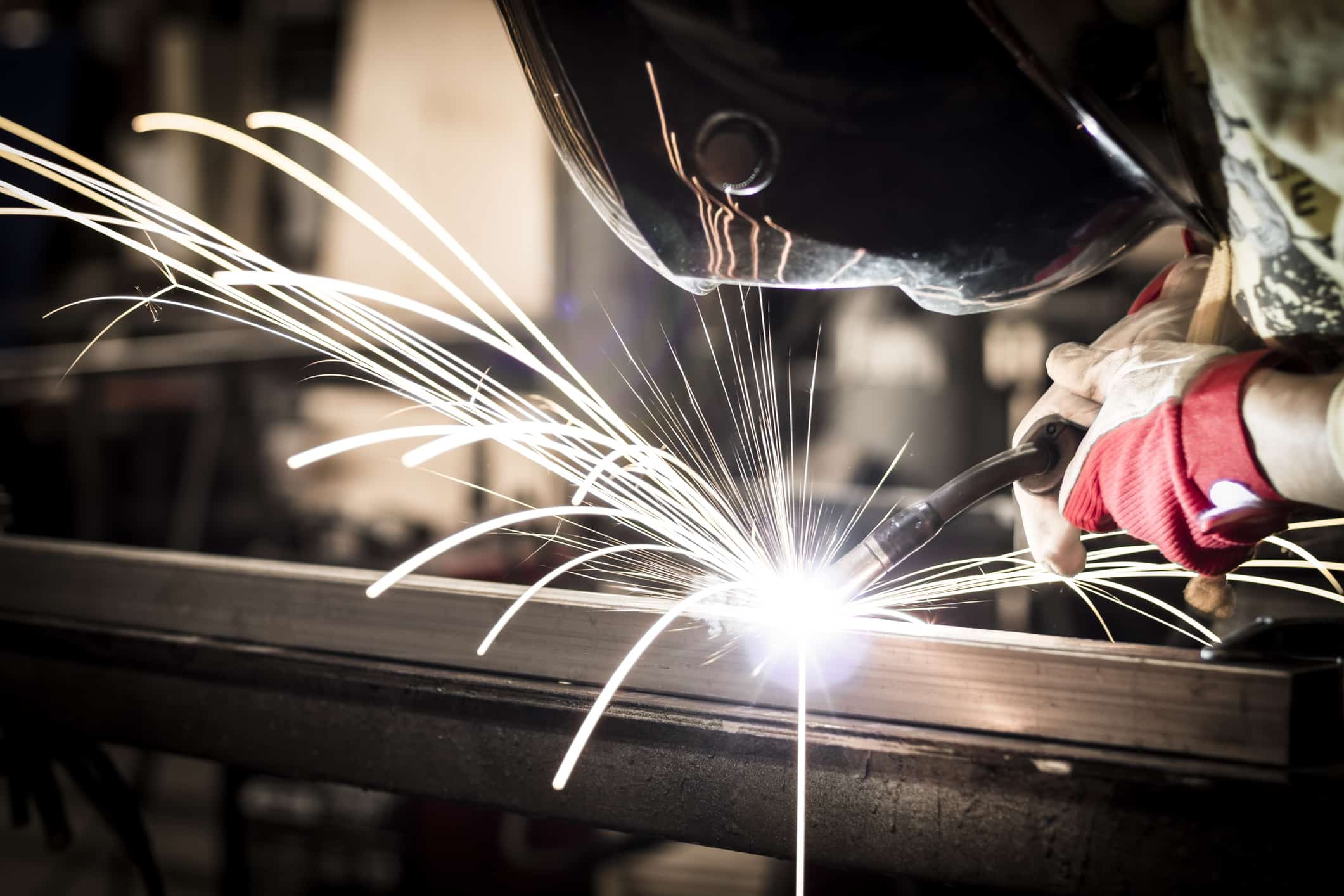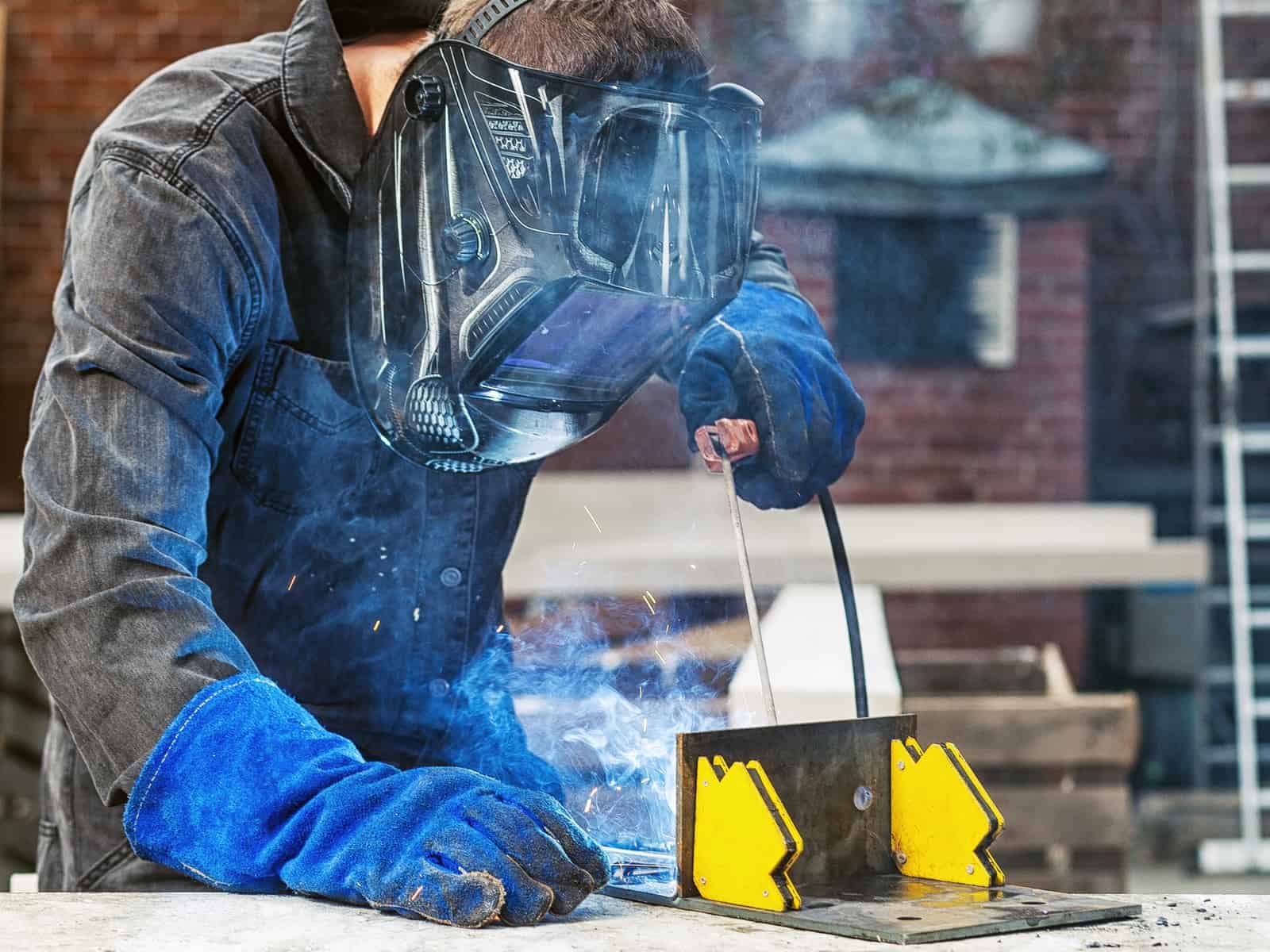Everything about Welding: Secret Insights Into Techniques and Finest Practices for Success
Welding includes a selection of strategies, each suited for particular products and applications. Comprehending these techniques, such as GMAW, SMAW, and TIG, is crucial for attaining excellent outcomes. The right equipment and safety and security techniques can not be forgotten. As preparation and troubleshooting play crucial roles in the welding procedure, grasping these aspects can considerably improve the quality of the end product. What are the vital variables that ensure a successful weld?
Understanding Different Welding Methods
Welding methods include a range of approaches, each suited to particular applications and products. Amongst one of the most typical methods are Gas Metal Arc Welding (GMAW), Protected Metal Arc Welding (SMAW), and Tungsten Inert Gas Welding (TIG) GMAW, additionally called MIG welding, is popular for its rate and adaptability, making it ideal for slim materials. SMAW, or stick welding, is preferred for its simplicity and performance in outside environments, especially with thicker metals. TIG welding supplies precision and control, making it ideal for elaborate job and non-ferrous steels (Montana Mobile Welding and Repair Fabrication). Each strategy has its distinct benefits and considerations, enabling welders to pick the best technique based upon the project's demands, product type, and preferred end results. Understanding these methods is essential for successful welding
Crucial Welding Equipment and Devices
While numerous welding techniques need details abilities, the right devices and devices are just as vital for achieving high quality results. Necessary welding equipment consists of welding devices, which vary relying on the method-- such as MIG, TIG, or stick welding. Safety equipment, consisting of gloves, helmets, and aprons, warranties safety and convenience throughout the process. Additionally, fixtures and clamps help secure materials in place, guaranteeing accuracy in welds. Consumables like welding rods, wire, and shielding gas are also essential components that influence the top quality of the weld. Devices such as cutters and grinders facilitate surface area prep work and post-weld completing, contributing to a professional end result. Purchasing high-grade tools inevitably enhances the effectiveness and performance of welding projects.
Security Practices in Welding
Proper safety techniques are vital in the welding sector to secure workers from potential risks. Welders should put on proper personal safety devices (PPE), including headgears with appropriate shading, handwear covers, and flame-resistant garments. Sufficient air flow is important to lower exposure to hazardous fumes and gases generated throughout the welding procedure. Furthermore, workers must be learnt the right handling of welding tools to stop crashes. Fire safety and security procedures, such as maintaining flammable products far from the welding location and having fire extinguishers readily available, are essential. Regular inspections of devices and workspaces can assist identify prospective threats before they bring about accidents. By adhering to these safety and security methods, welders can produce a more secure working setting and minimize dangers linked with their trade.
Preparing Products for Welding
Preparing products for welding is an important action that greatly affects the high quality and honesty of the end product (Fabrication). Proper prep work includes cleaning up the surfaces to get rid of pollutants such as oil, rust, and dirt, which can endanger the weld. Strategies such as grinding, fining sand, or using solvents are commonly utilized to accomplish a tidy surface. In addition, making certain that the materials mesh well is important; spaces can lead to weak welds. It's also important to think about the positioning and positioning of the parts, as this will impact the simplicity of welding and the final result. Ultimately, picking the ideal filler material and ensuring compatibility with the base steels is vital for attaining strong, long lasting welds
Tips for Getting High-Quality Welds
Attaining high-quality welds calls for focus to detail and adherence to best methods throughout the welding procedure. Appropriate joint prep work is vital, guaranteeing surfaces are complimentary and clean from pollutants. Picking the suitable filler product and welding strategy based upon the base steels is important for excellent bonding. Preserving constant travel rate and angle while welding can stop issues and promote uniformity. In addition, controlling warm input is vital; too much warm can result in warping and weakened joints. Frequently checking the welds during the procedure enables immediate changes if necessary. Ultimately, using ideal post-weld treatments, such as cleaning and anxiety alleviation, can improve the toughness and stability of the weld, ultimately making sure an effective outcome.
Fixing Common Welding Issues
Welding frequently provides challenges that can impact the quality and honesty of the final item. Usual concerns such as porosity, inconsistent weld grains, and overheating can emerge, each calling for details troubleshooting strategies. Comprehending these troubles is important for welders to enhance their skills and achieve excellent results.
Porosity Troubles Discussed
Although porosity can frequently be neglected, it stays an essential problem in welding that can compromise the honesty of a finished product. Porosity refers to the presence of little gas pockets within the weld bead, which can lead and deteriorate the joint to premature failure. This problem normally occurs from pollutants, dampness, or browse this site improper protecting gas insurance coverage during the welding procedure. To alleviate porosity, welders need to validate that the base materials are tidy and dry, use ideal protecting gases, and preserve consistent welding parameters. Consistently evaluating the tools and environment can additionally aid recognize possible concerns before they show up in the weld. Dealing with porosity properly is important for achieving solid, resilient welds that meet top quality standards.

Inconsistent Weld Beads
Inconsistent weld beads can significantly influence the high quality and strength of an ended up product. Different elements contribute to this problem, including inappropriate traveling speed, incorrect amperage setups, and inconsistent electrode angles. When the welder relocates too quickly, a bead may appear slim and lack penetration, while moving as well gradually can cause too much build-up. In addition, using the incorrect amperage can cause either undercutting or extreme spatter, both of which compromise weld honesty. The welder's method, such as irregular torch motion, can also bring about unequal bead look. To reduce these issues, welders ought to concentrate on preserving constant, controlled motions and guaranteeing correct other devices settings to achieve uniformity in their welds. Consistency is key to accomplishing trusted and solid welds.
Getting Too Hot and Bending Issues
Extreme warmth during the welding process can result in substantial getting too hot and warping concerns, impacting the architectural honesty of the workpiece. These problems often manifest as distortion, which can compromise placement and fit-up, making more setting up challenging. Elements adding to overheating include the selection of welding specifications, such as voltage and travel speed, in addition to the kind of material being bonded. To minimize these issues, welders ought to maintain regular traveling rate and proper warmth input while keeping an eye on the workpiece temperature level. Additionally, pre-heating or post-weld heat treatment can help relieve stresses triggered by rapid cooling - Fabrication. Normal evaluation and adherence to finest practices are necessary in preventing overheating and great site making certain the long life and integrity of bonded frameworks
Regularly Asked Questions
What Are the Career Opportunities in the Welding Industry?
The welding sector supplies varied career possibilities, consisting of placements as welders, instructors, engineers, and assessors. Specialists can function in manufacturing, building, aerospace, and vehicle sectors, benefiting from strong demand and affordable incomes in different duties.
Just How Can I Boost My Welding Speed Without Giving Up High Quality?
To boost welding speed without sacrificing quality, one need to practice effective methods, maintain tools, maximize setups, and enhance hand-eye coordination. Normal training and looking for comments can also substantially add to accomplishing faster, premium welds.
What Accreditations Are Readily Available for Welders?
Many qualifications exist for welders, including those from the American Welding Culture (AWS), the National Facility for Construction Education and Research (NCCER), and numerous industry-specific organizations. These qualifications improve employability and show skill efficiency.
Exactly How Does Welding Influence the Residences of Metals?
Welding affects the properties of metals by modifying their microstructure, which can result in changes in firmness, ductility, and strength. Warmth input and air conditioning rates throughout the process substantially influence these material features.
Can I Bonded Dissimilar Metals With Each Other?
